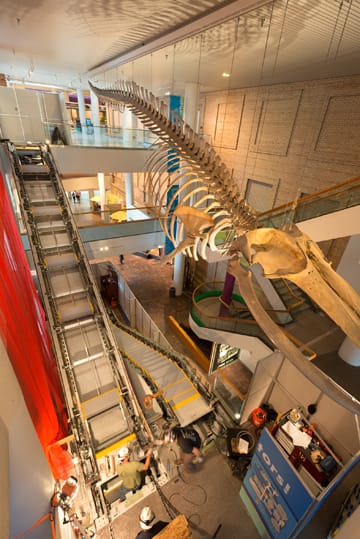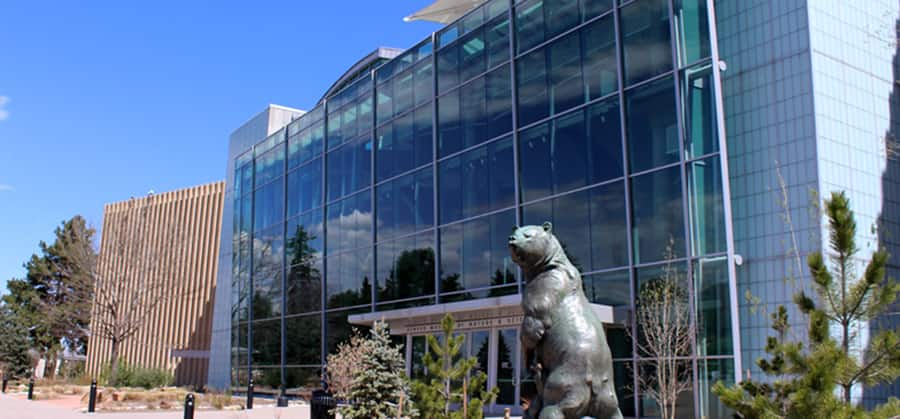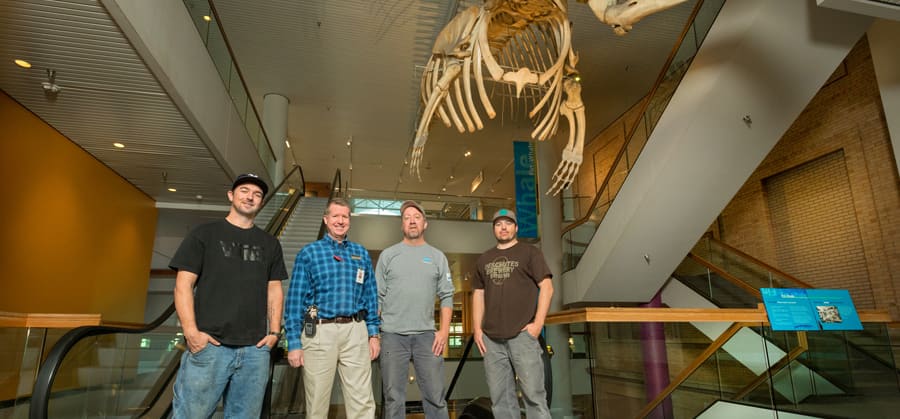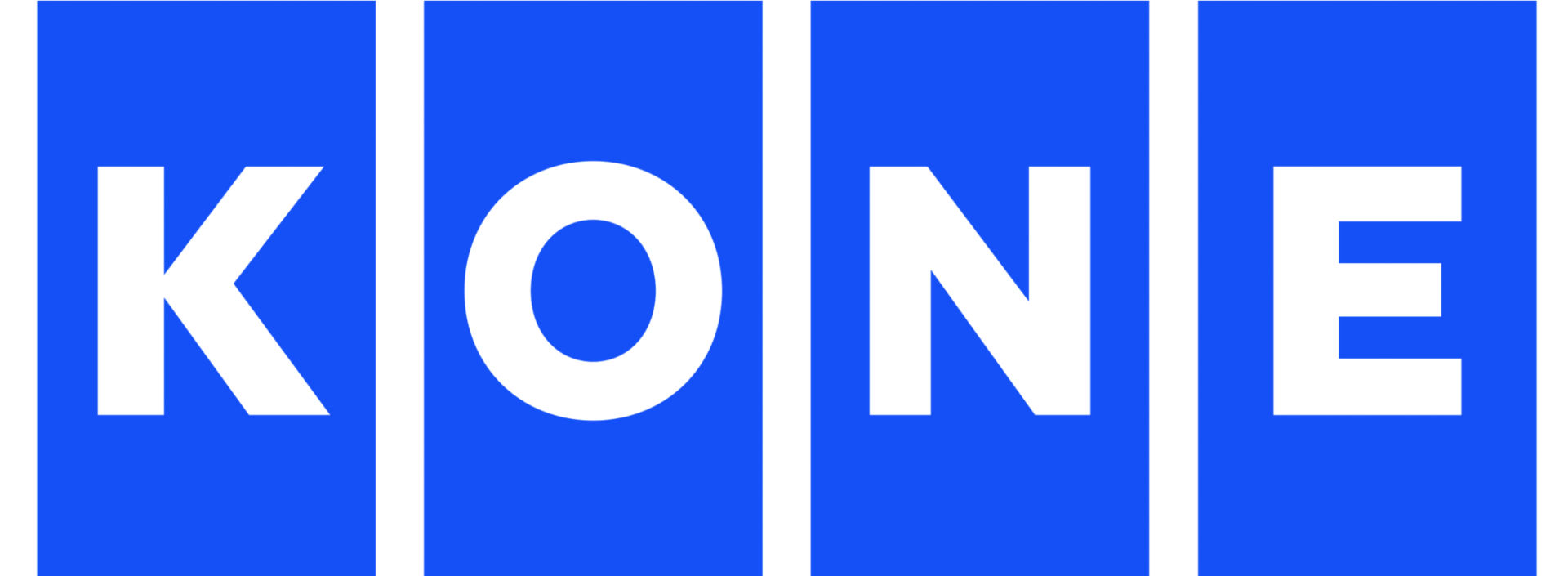Would you like to explore our corporate site or visit your local website?
Stay on Corporate site
Text: Lakshmi Sivadas
From dinosaurs and Egyptian mummies, to a recreated gem mine as well as space exhibits, the Denver Museum of Nature and Science offers a compelling view of history, nature and science. Established in 1900 and housed in a 66,528-square-meter building, the museum contains over a million objects in its collection, and over 1.6 million people visit it every year in order to be amazed and fascinated.
However, every building, especially the popular ones, have to modernize periodically to keep up with the changing times. And the Denver Museum of Nature and Science was no exception, especially when it came to its escalators. The life of a well-maintained escalator is usually about 25 to 30 years old, and the ones at the museum were about 28 years. They were clearly starting to show signs of stress.
“Our units were getting a little bit older, and we had a couple of successive issues with some step chains,” explains James Calder, building services manager at the museum. “Once, on one of our most heavily used units, a step chain broke and it took a month to get it repaired. That was too much down time for a unit that is so important for circulation of guests throughout our facility.”
Keeping downtime to a minimum

The Denver Museum of Nature and Science is open 364 days a year, with activities going on at all hours of the day and night. Nearly 500 employees and 1200 volunteers work to keep the museum running for the nearly 1.6 million people who visit it annually.
With so much activity, it is easy to understand why any equipment failure or downtime can severely interrupt the movement of people from one part of the museum to the other.
The museum chose to modernize their equipment to solve these problems, but the time taken to install the new equipment was also a big factor to consider.
“The escalators are right in the heart of the museum. We knew the time had come to replace them, but closing off the building was out of the question. We gave a lot of forethought about all the logistical and safety considerations before undertaking this project,” explains James.
KONE had won the contract to upgrade the escalators, and we gave the museum two options – either rip out and fully replace the entire truss assemblies of the existing escalators, or upgrade their existing escalators with our EcoMod product – a complete modernization solution that allows for escalators to be upgraded without any need to demolish floors or building facades. Unsurprisingly, the museum chose the EcoMod option.

Innovative solutions to maximize space

“Space was an issue. Taking the escalators in and out for a full truss replacement would be challenging, especially since the escalators connect three floors,” explains Kevin Wigley, regional escalator sales manager at KONE. “The EcoMod is turnkey, reuses the existing truss, and retains existing architectural and aesthetic elements. This helps reduce disruption, making it a compelling proposition.”
Additionally, the EcoMod escalators also gave the museum the ability to reverse direction, a feature that was lacking in their existing escalators. This gave the museum operators much-needed flexibility to switch locations and manage people flow better, during the numerous exhibits and events that take place there every year.
The EcoMod escalators at the Denver Museum of Nature and Science were completed three weeks ahead of schedule. During the period in which the escalators were being modernized, the museum registered a record-breaking 1.8 million visitors. Yet the level of disruption was minimal.
“I never heard a peep of dissent about the construction,” says James happily. Further testimony to our years of experience in providing efficient people flow solutions, experience that has helped one of America’s premier museums educate and enthrall thousands without a hitch.

